
Top 5 locations for stargazing
Astrotourism is becoming more popular every year. People are willing to travel thousands of kilometers to admire the stars. But which places on Earth are considered the best for this? Let's find out now!



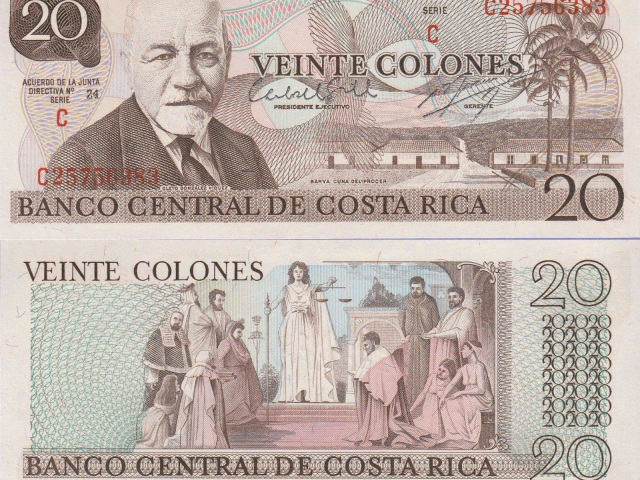
Polymer banknotes of island countries
In 1983, in Costa Rica, on the islands of Haiti and Maine, the first polymer money appeared. The notes were made of non-woven Tyvek material, which has a high density and excellent water-repellent features. Such banknotes serve longer than paper ones. However, the humid tropical climate played a cruel joke on the new notes and they started to stratify. As a result, the authorities withdrew polymer money from circulation. A few years later, the Reserve Bank of Australia (RBA) and the Commonwealth Scientific and Industrial Research Organization developed a new type of plastic banknotes made of polypropylene. In 1988, on the 200th anniversary of the appearance of European immigrants in Australia, the first Australian dollar made of plastic was released.
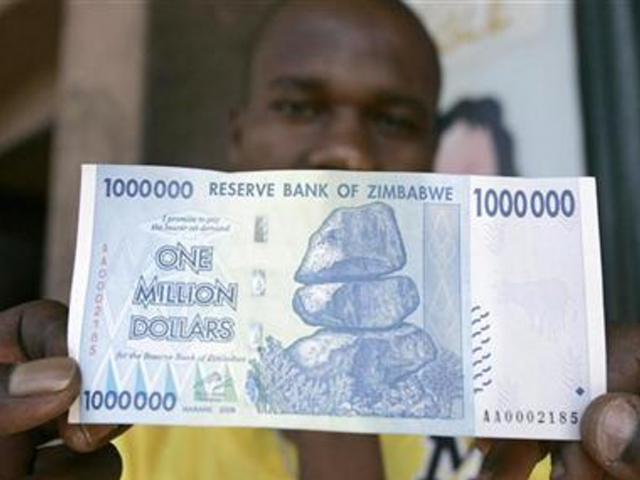
Zimbabwean dollar
In 2009, Zimbabwe’s authorities prohibited people from using the Zimbabwean dollar amid soaring inflation. The country’s finance minister announced that the “country's currency was essentially dead.” Later, the government refused to reintroduce the currency. Notably, the Zimbabwean dollar existed for 28 years. In 1981, it replaced the Rhodesian dollar after the country received freedom from the UK. In 1994, the national currency was superseded by the so-called second dollars. After a series of redenominations in 2006, 2008, and 2009, the government introduced new currencies, namely the Botswana pula, the South African Rand, the US dollar as well as the British pound, and the euro.
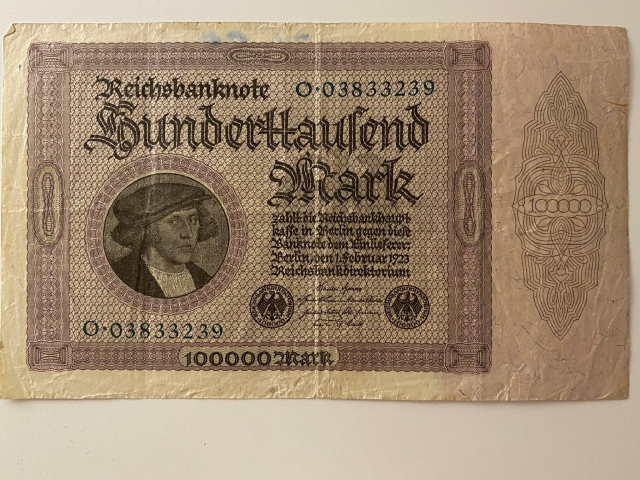
Money of Weimar Republic
In 1923, Germany introduced new banknotes, namely Notgeld or “emergency money” amid the long-lasting crisis and extremely high inflation. One Notgeld was worth several million marks. The currency was issued by non-governmental organizations and local self-governing bodies. According to the legislation, Notgeld could not act as a payment method, but it became a generally accepted means of payment for some time. The design of Notgeld featured heraldic symbols. Sometimes there were references to historical events., "Emergency money" created by graphic designer Herbert Bayer was in use on the territory of Thuringia. These banknotes are characterized by an unusual font and bright colors. Experts consider them the standard of modernism.
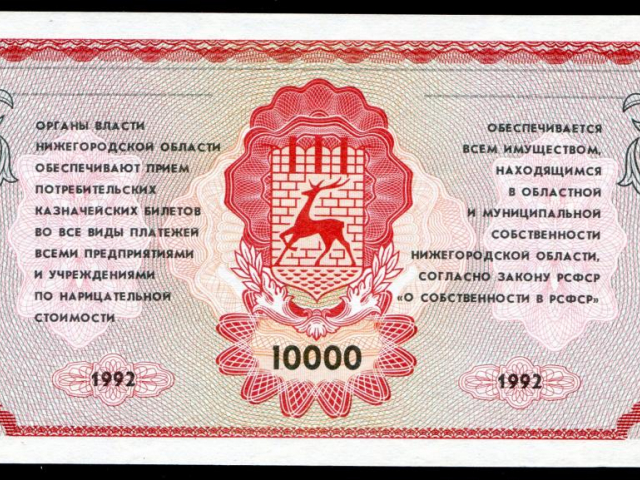
Russian “nemtsovki”
In the early 90s of the 20th century, new currencies also appeared in Russia. Thus, in Nizhny Novgorod, there was “nemtsovki” called after Boris Nemtsov, governor of the region. The governor introduced the money to solve the problem of the lack of cash. Boris Nemtsov created his own treasury notes, which also acted as government loan bonds. In 1992, state financial enterprise Goznak printed "nemtsovki" in the amount of 10.8 million rubles. However, later, the Russian government ordered to supply the region with cash. That is why there was no more need in "nemtsovki". Notably, until the spring of 1992, the currency was used to buy gasoline.
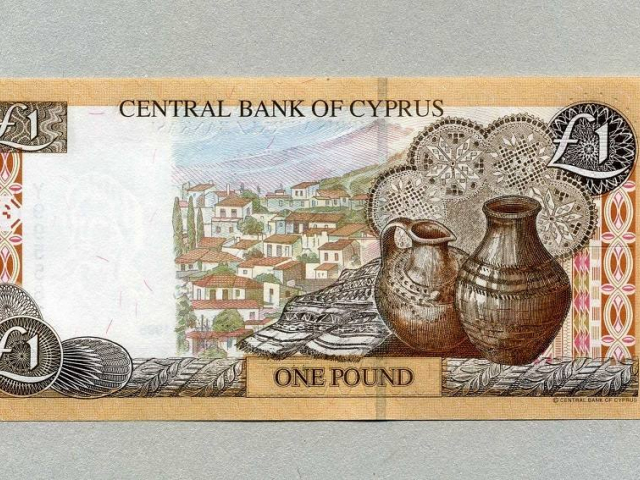
Cypriot pound
The Cypriot pound has a vivid history which began in 1879 when the currency was created. Curiously, until the middle of the 20th century, its price equaled the one of the pound sterling. In 2004, Cyprus entered the European Union. In 2008, the southern part of the island switched to the euro. However, until 2009, the Cypriot pound was accepted in stores as a payment method. In the northern region, the euro came into circulation a bit later. Nevertheless, the Turkish lira is the official currency of Northern Cyprus. Apart from it, people may also pay by means of the pound sterling and the US dollar.

Astrotourism is becoming more popular every year. People are willing to travel thousands of kilometers to admire the stars. But which places on Earth are considered the best for this? Let's find out now!